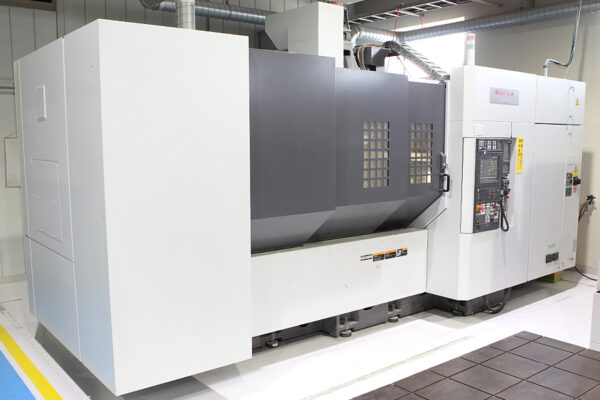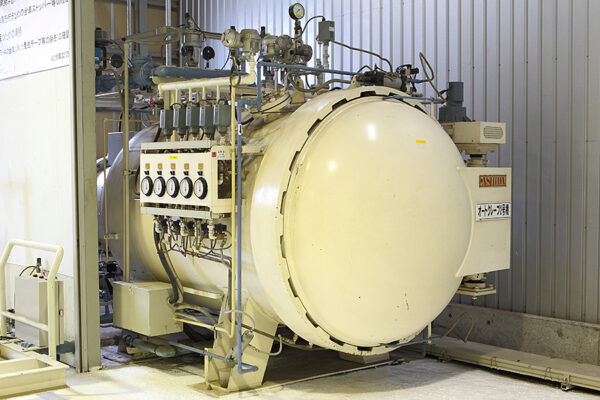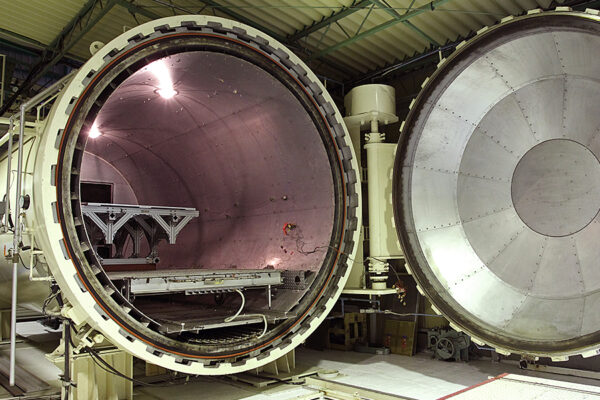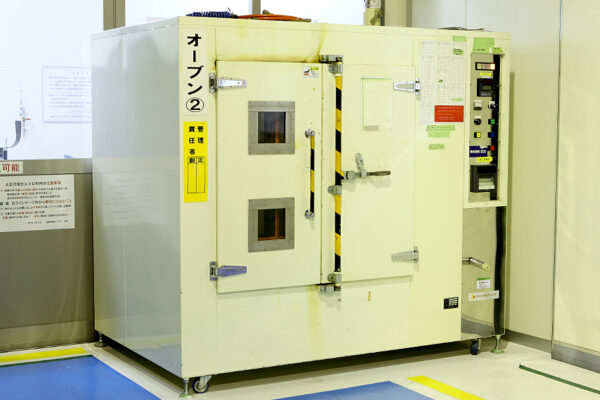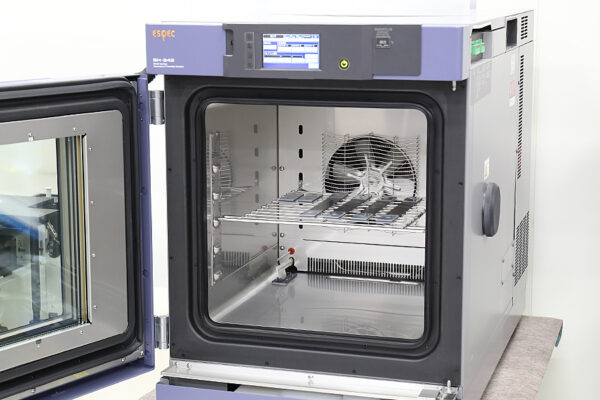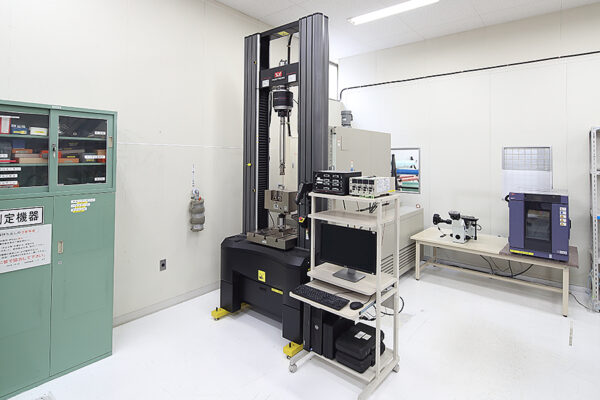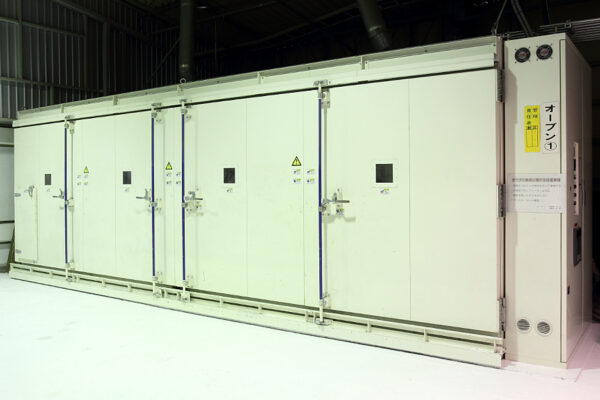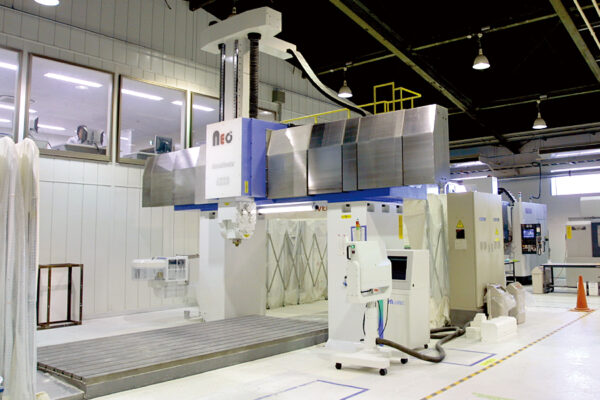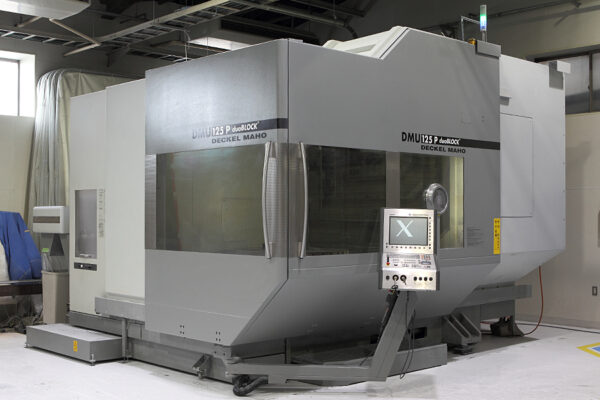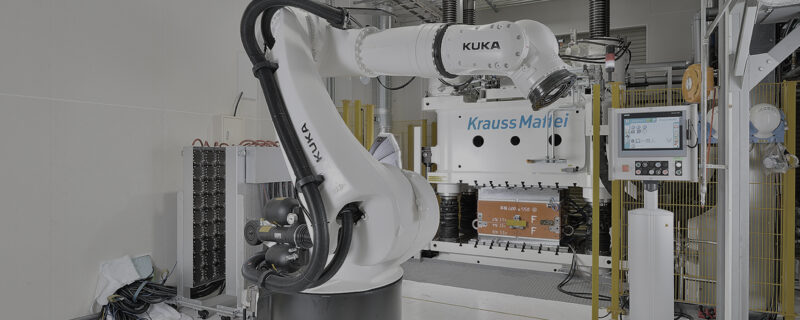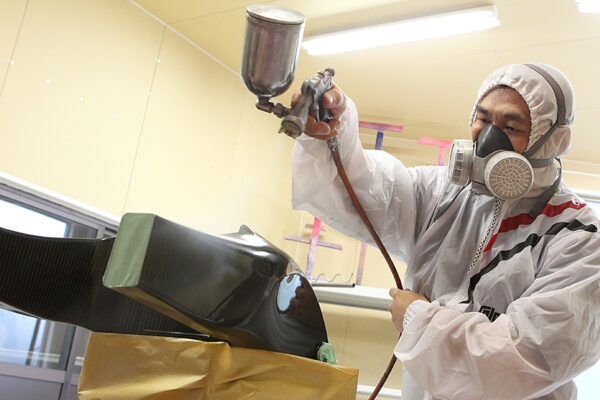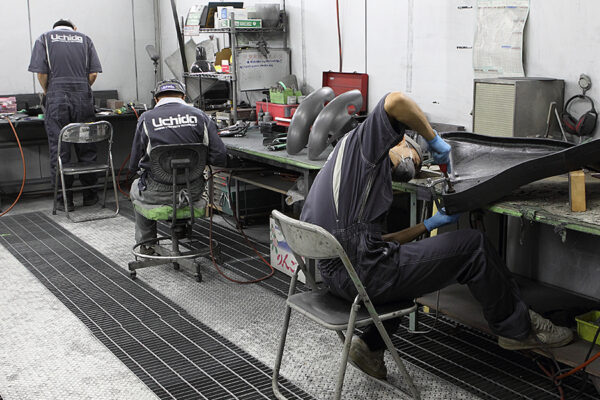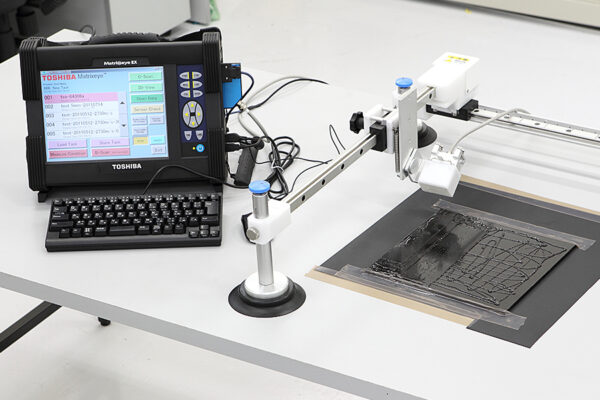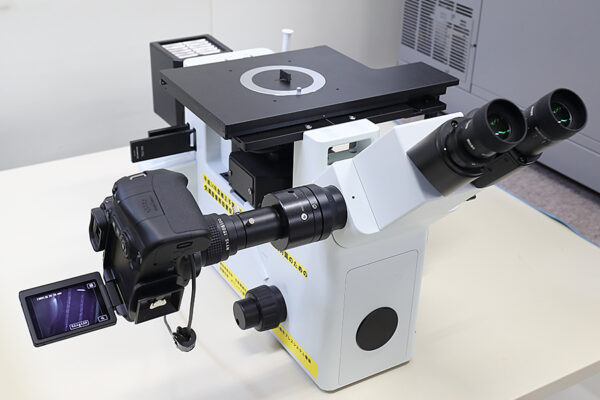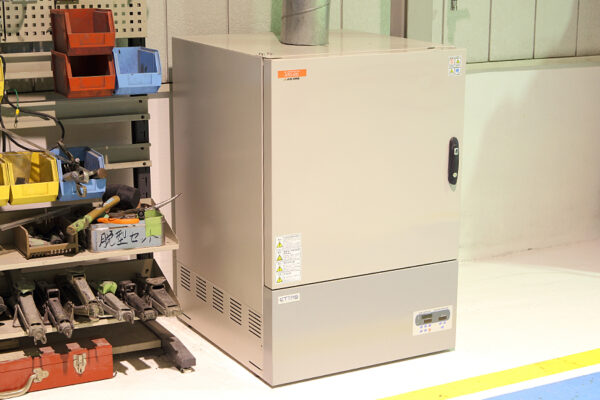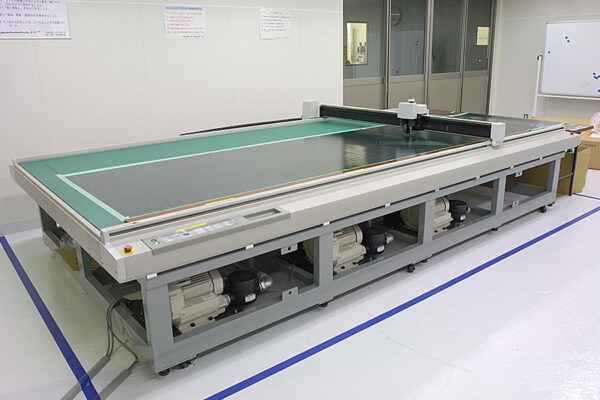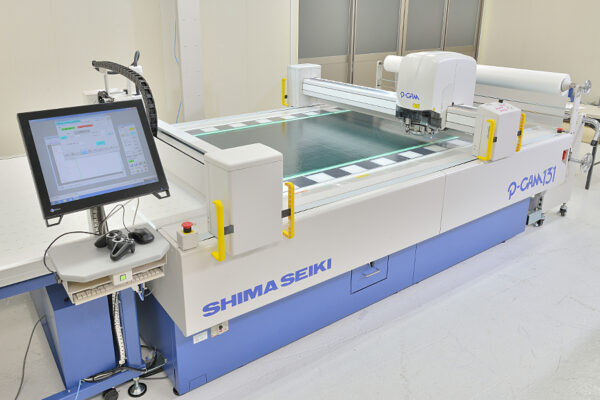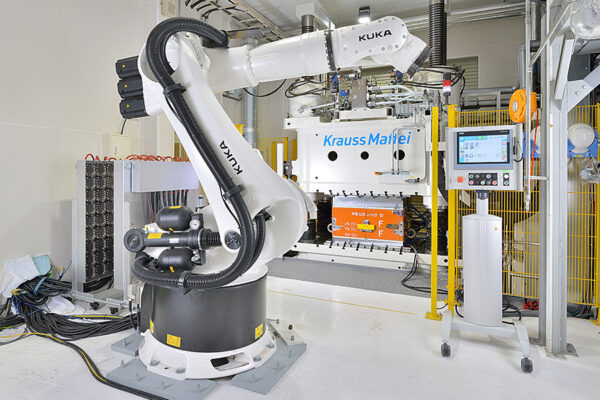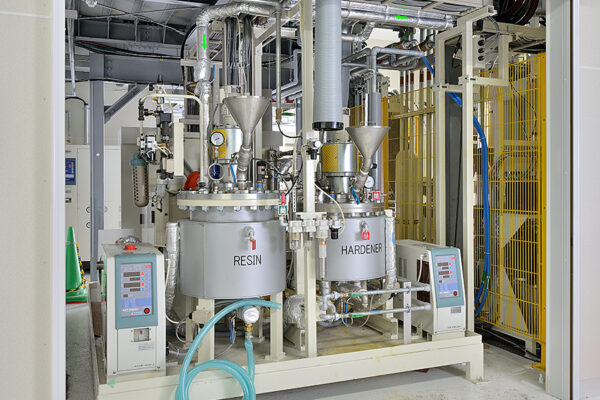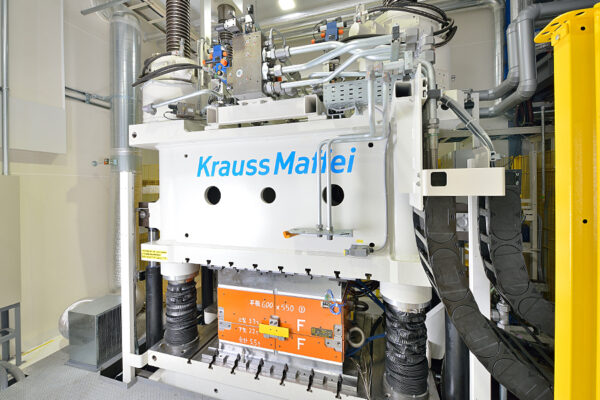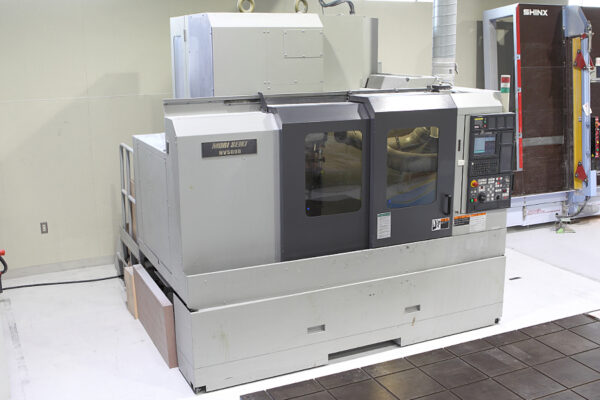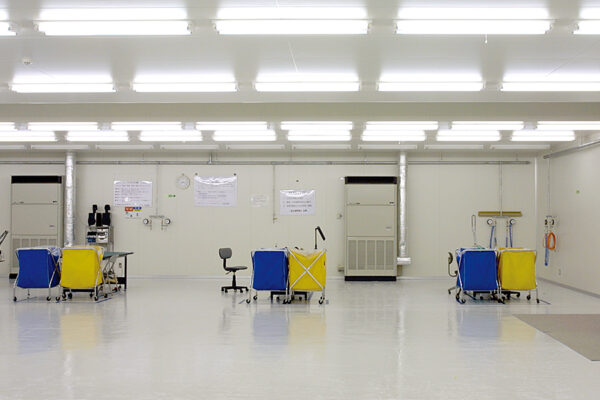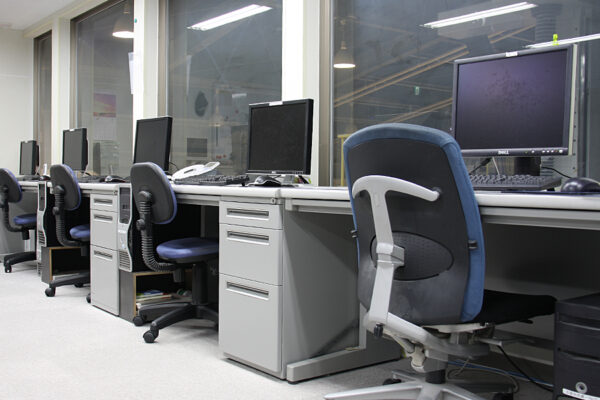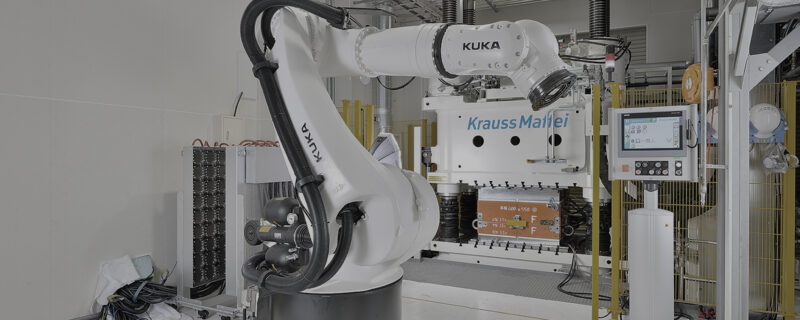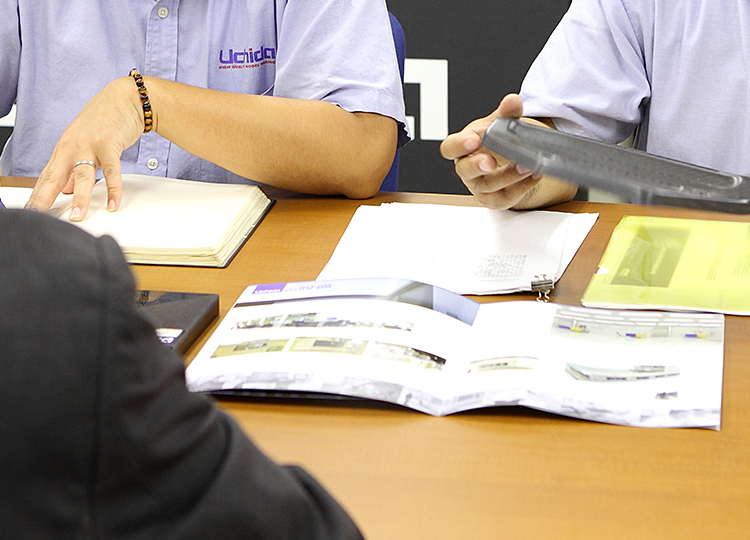What is Carbon?
Among materials used to reduce weight, you are likely to come across terms such as carbon, carbon fiber, carbon fibers, carbon fiber-reinforced plastics, and carbon fiber composite materials. These materials are popularly featured as lightweight and strong alternatives to metals. But what are they exactly?
![]()

Carbon
Carbon is a chemical element with the symbol C and atomic number 6. The name comes from the Latin word carbo (carbone in French), meaning coal. Carbon is an essential building block of natural matter and exists in a diverse range of forms and allotropes, from hard diamonds to soft and pliable graphite. First appearing in 1959, carbon fiber application exploded in the 1970s with widespread use in aircrafts and sporting equipment. In recent years, we have been leveraging the exceptional lightweight and high-strength properties of Carbon Fiber Reinforced Plastics (CFRP) toward added weight reduction in specialized fields such as car racing and airborne mobility.
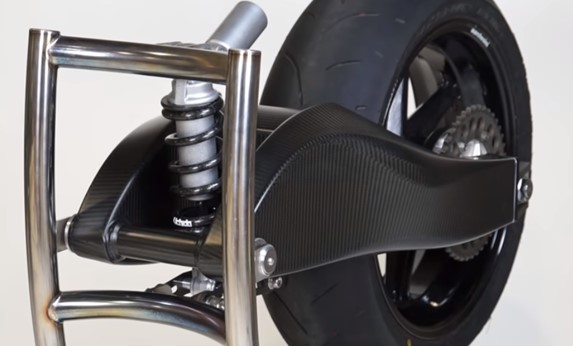
Overview
Fiber Reinforced Plastic (FRP) is the general term for plastic polymers that are reinforced with a fiber material. The various types of FRP, denoted by the first letter of the acronym, are dependent on the fiber used. Carbon Fiber Reinforced Plastic (CFRP), for example, is a FRP that uses carbon fiber to reinforce the plastic base material. C refers to carbon, G for glass, and A for aramid. The term composite simply refers to a new material created from a composition of two or more materials, such as resin (plastic polymer).
The Peak of FRPs: Carbon Fiber Reinforced Plastic (CFRP)
Most FRP applications utilize glass fibers as the reinforcing material, whereas CFRP is a carbon fiber-specific composite. Carbon fiber is a fiber material produced by carbonizing acrylonitrile (PAN) fibers or pitch, a by-product of petroleum, coal, or coal tar and is classified according to the raw materials used: PAN-based carbon fiber for the former, and Pitch-based carbon fiber for the later. The impressive lightweight qualities and superior strength of CFRP makes it the popular material of choice in aviation, automobile, and sporting equipment industries.
Key Characteristics of Carbon Fiber
- One-fourth the specific gravity of iron.
- Ten times the specific strength of iron.
- Seven times the specific modulus of elasticity, compared to iron.
In addition to its renowned “strong, lightweight, and non-corrosive” properties, carbon fiber showcases a range of other features such as X-ray permeability, electrical conductivity, thermal resistance, and low expansion.

Summary
This issue discusses carbon used in Fiber Reinforced Plastic (FRP) and Carbon Fiber Reinforced Plastics. Detailed information on these advanced materials, specifically engineered to exhibit high-performance properties, is still limited and often confusing or obscure.
To summarize, the “lightweight, strong, and non-corrosive” properties of FRP offer incredible potential in diverse fields. However, there are still challenges to overcome, including complex manufacturing processes, costs, productivity, and recyclability. We hope you will consider adopting CFRP with a thorough understanding of these disadvantages and advantages.
Related useful contents
You can explore related content by clicking on a topic of interest.
ABOUT UCHIDA - 55 years since our founding
We leverage a wealth of technical expertise as a CFRP molding and processing manufacturer using FRP, GFRP, and CFRP materials. We offer a one-stop solution, encompassing design, analysis, manufacturing, secondary processing, assembly, painting, quality assurance, and testing.
UCHIDA's equipment
We have cutting-edge equipment to ensure that we can address even the most advanced challenges of our customers.
Video Library
In the following video, we provide a detailed overview of our manufacturing process. Please feel free to watch and learn more.


